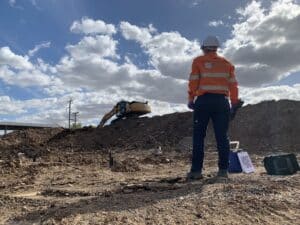
Thus PFAS is something of an umbrella name for a group of chemicals, unfortunately, some of which have been found to be associated with harm. The chemicals stay in the environment for a very long time, but can also break down resulting in different types of PFAS that may also be toxic.
In the last few years, PFAS has made the news for all the wrong reasons, particularly in and around some defence bases and airports, firefighting training grounds due to the use of firefighting foams. These foaming chemicals when used in large quantities can end up as contaminants in waterways and eventually the groundwater. There are significant health and environmental concerns arising from some PFAS contaminants. PFAS are also found in many everyday items (many of which have now been banned from containing PFAS, but the chemicals stay in the environment for a very long time).
Our challenge as environmental scientists is to accurately measure what are often quite minute concentrations of these chemicals. When quantities are small we have to be very careful about cross-contamination. As some PFAS compounds have been found in many personal hygiene products ranging from shampoos to shaving creams and other products that use surfactants it is a possible source of sampling error for us.
While many sunscreens and conditioners may be PFAS-free, makeup, hairspray, shampoos and conditioners should be avoided during and before sampling for PFAS analysis unless there is proof they are PFAS free. Oh and don't forget to avoid shaving gel!
So if you see us out on your site sampling and testing for PFAS and looking like we are having a bad hair day, you’ll know it's because we are maintaining the strictest of standards for your benefit!
Further reading
For further reading, here is some information we can across in our professional development activities.
- OHS&E Planning of PFAS Investigation programme: Are all sunscreens the same? Are we missing something, International Cleanup Conference, Adelaide 2019 http://adelaide2019.cleanupconference.com/wp-content/uploads/2019/09/W25c.pdf
- The Danish government did a study of ingredients as listed of 75,000 cosmetic products on EWG’s Skin Deep database and found one or more PFAS substances in 17 products, including hair spray and eyeliner. The highest concentration of a single substance was found in a foundation, and the highest concentration of total PFAS was found in a concealer. See https://www.ewg.org/release/tests-find-pfas-chemicals-cosmetics-elevated-levels
RECENT POSTS

Environmental Delineation Investigation at Industrial Site in Northwest Sydney
Project Overview: iEnvironmental Australia (iEnvi) conducted a Delineation Investigation (DI) at anindustrial site located in the northwest of Sydney, following...
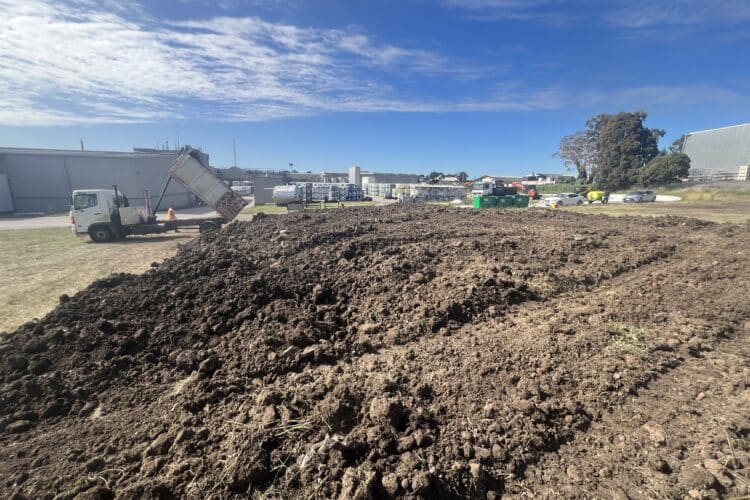
Compliance Investigation &Cost-Effective Remediation and Beneficial Reuse of Asbestos-Impacted Soil at Industrial Site in Victoria
The Victorian EPA requested an investigation at an industrial site in Coolaroo to meet General Environmental Duty requirements. iEnvironmental Australia...
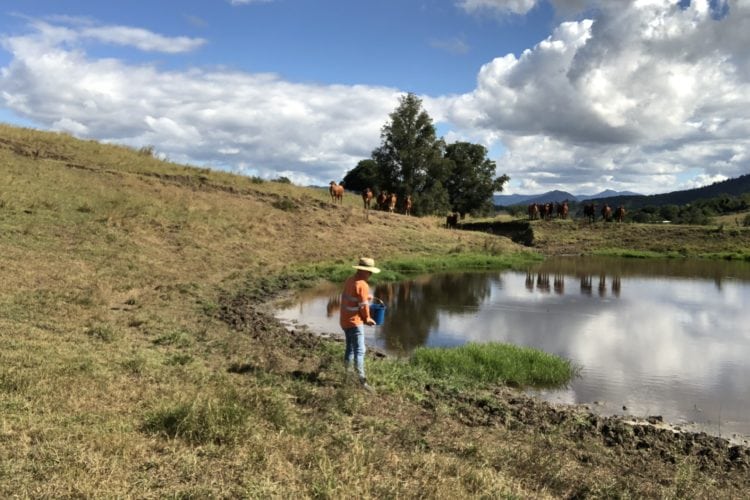
The Role of Environmental Consultants in Contaminated Land Management
The Crucial Role of Environmental Consultants in Contaminated Land Management Environmental consultants are key in managing Australia's growing concern over...

Key Strategies for Effective Soil and Groundwater Remediation
Effective Soil Remediation Techniques Effective soil and groundwater remediation strategies are essential for safeguarding human health and the environment, especially...

Understanding Preliminary Site Investigations: A Guide for Property Transactions
Demystifying Preliminary Site Investigations: A Comprehensive Guide for Property Transactions Understanding the role of Preliminary Site Investigations (PSI) in environmental...
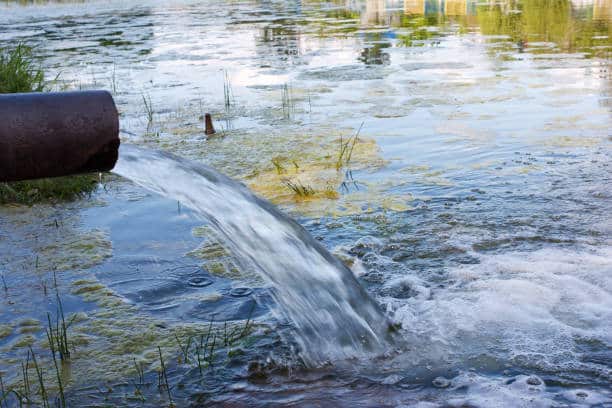
Innovative Strategies for Contaminated Site Remediation and Validation
To ensure environmental sustainability and compliance, effective environmental risk assessments are indispensable for organizations in Australia, especially those in high-impact...

Essential Steps in Conducting Effective Environmental Risk Assessments
Step-by-Step Guide to Conducting Effective Environmental Risk Assessments To ensure environmental sustainability and compliance, effective environmental risk assessments are indispensable...
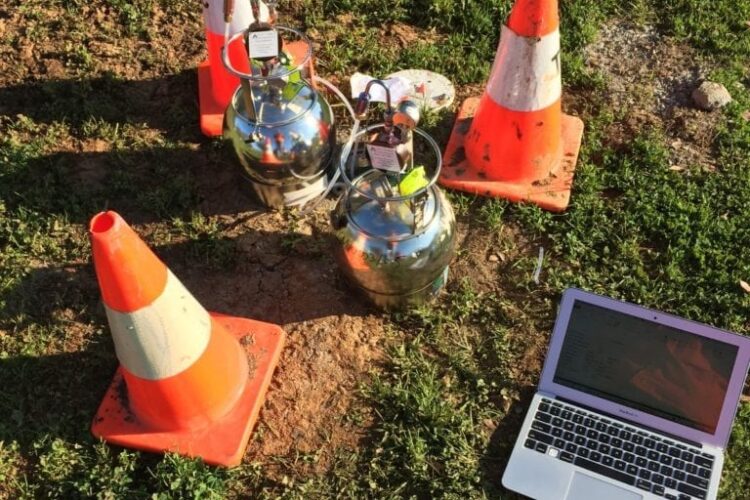
Strategies for Managing Environmental Liabilities in Business
Environmental stewardship is a critical aspect of corporate responsibility in business operations. Discover how to turn your company's environmental challenges...
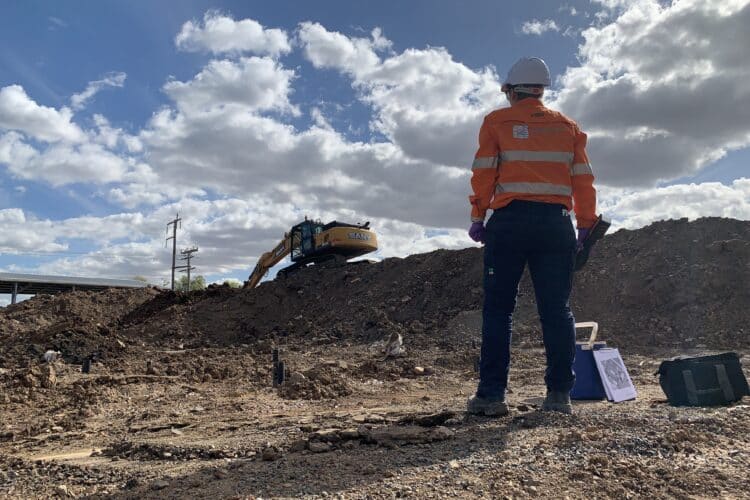
Understanding the Role of Environmental Engineers in Contamination Control
Environmental Engineers and Their Role in Contamination Control Environmental engineers are key to controlling contamination and protecting our environment. Discover...

The Evolving Landscape of Environmental Consulting in Australia
The Evolving Landscape of Environmental Consulting in Australia Australia's environmental consulting sector is experiencing a major shift. Discover how innovations...

The Future of Environmental Assessment: Trends and Predictions
Environmental assessment is at a critical juncture, facing transformative changes as it addresses escalating environmental challenges. Discover how the future...
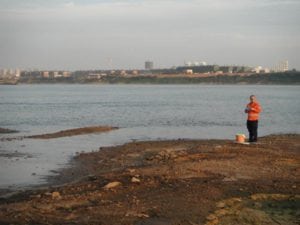
Best Practices in Waste Soil and Water Management for Compliance
Discover the essential practices for managing waste, soil, and water to comply with regulations and support environmental sustainability. Unlock the...

Conceptual Site Models: A Tool for Understanding Contamination
Understanding site contamination in environmental management necessitates a comprehensive strategy. Unlock the secrets to battling site contamination with Conceptual Site...

Innovative Approaches to Environmental Consulting in Australia
Innovative Environmental Consulting Services for Australian Businesses iEnvironmental Australia Pty Ltd (iEnvi) leads the way in innovative environmental consulting across...

The Business Benefits of Environmental Integrity and Sustainability
Financial Benefits of Environmental Integrity and Sustainability Environmental integrity and sustainability yield significant business advantages. Unlock the secret to boosting...

Collaborative Solutions in Environmental Consulting: Case Studies
This article explores collaborative solutions in environmental consulting, highlighting the necessity and impact of partnership in achieving sustainable results. Discover...
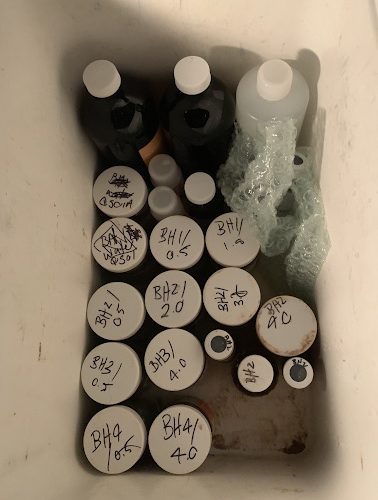
The Importance of Quality Plans in Environmental Sampling and Analysis
Quality plans are essential in environmental sampling and analysis to protect ecosystems and ensure data integrity. Ever wondered how we...

Leveraging Environmental Engineering for Sustainable Business Practices
Environmental engineering enhances sustainable business practices, transforming them from ethical choices to strategic imperatives. Discover how embracing environmental engineering can...
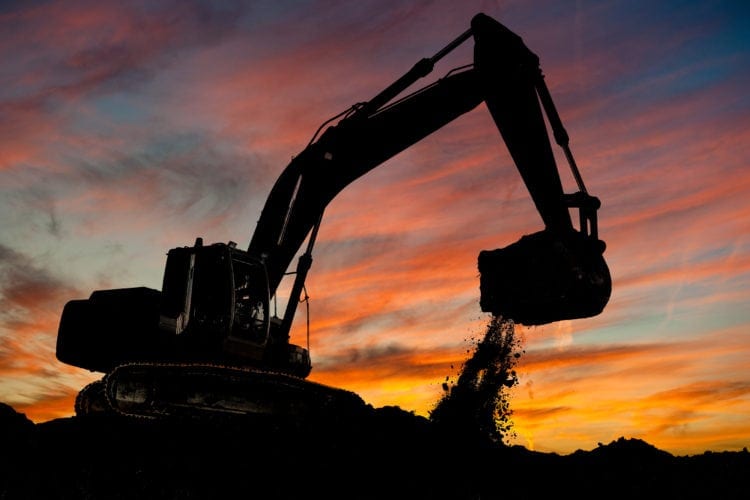
Navigating Environmental Compliance: Essential Tips for Australian Businesses
Environmental Compliance: A Guide for Australian Businesses Australian businesses must embrace sustainable practices to meet ethical and legal obligations in...

Advanced Techniques in Soil and Water Contamination Management
Innovative solutions and strategies for managing soil and water contamination are explored by iEnvironmental Australia, addressing a critical issue in...
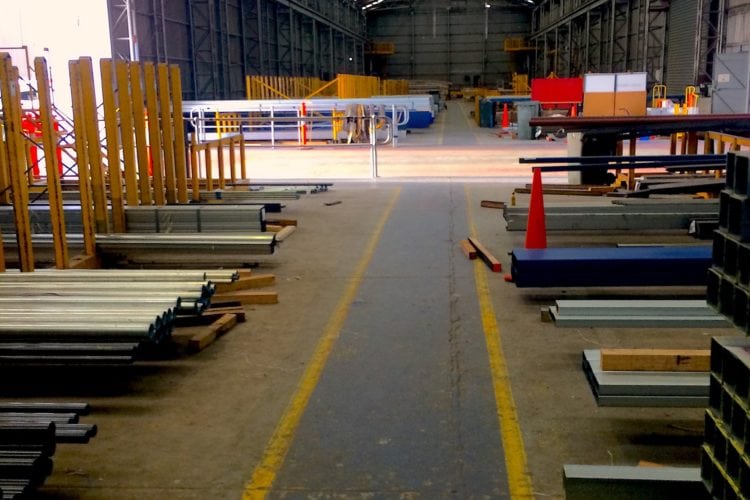
Environmental Due Diligence in Property Transactions: A Comprehensive Approach
Environmental due diligence in property transactions ensures sustainable investment by identifying and managing potential environmental liabilities. Unlock the secret to...

The Impact of Environmental Regulations on Australian Businesses
Environmental Regulations and Australian Businesses: A Comprehensive Overview Environmental regulations significantly influence how businesses operate in Australia. Ever wondered how...
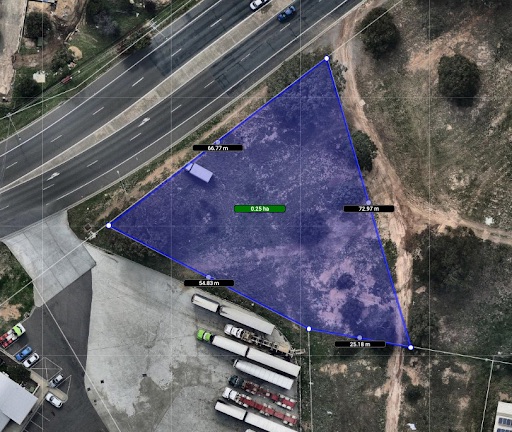
Overcoming Challenges in Environmental Project Management
Navigating the complexities of environmental project management requires a deep understanding of its challenges, including regulatory compliance, stakeholder engagement, and...

Expert Legal Advice for Environmental Cases: A Business Perspective
Understanding the Legal Landscape of Environmental Compliance Navigating the legal intricacies of environmental compliance is essential for businesses in today's...


